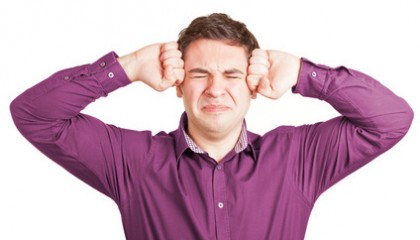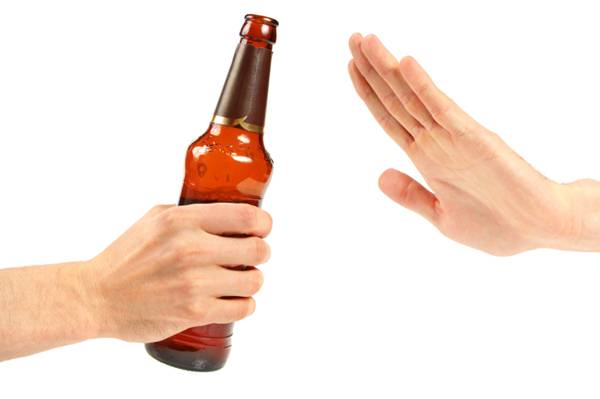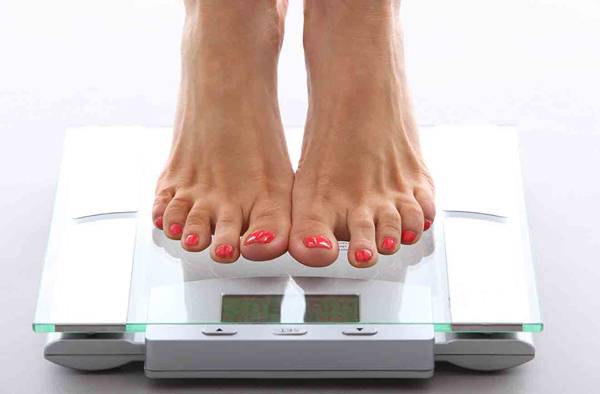
With age comes many things: greater wisdom; deeper empathy; a greater sense of knowing who you are; and less happily, the very real possibility of a bigger pants size.
Starting in your 40s, it’s easier than ever for the pounds to creep on-and tougher to take them off. Thanks to a slowing metabolism you could be burning 300 fewer calories per day than you did in your early 20s, according to the American Council on Exercise. What’s more, falling estrogen levels during perimenopause and menopause (which begin in your early 40s) can cause insulin sensitivity, which makes it harder for your body to control the amount of sugar in your blood, says Caroline Cederquist, MD, a board-certified bariatric surgeon and founder of the meal delivery service BistroMD. This can make your blood sugar levels more prone to spiking and crashing, which can increase your urge to snack-especially on high-carb, sugary junk, Cederquist says.
Want to get in the best shape of your life? In Fit After 40, Natalie Jill coaches you though routines to help you drop pounds, firm up, and transform your entire body-in your 40s, 50s and beyond!
Put it together, and it’s no wonder so many women over 40 end up hitting a weight loss wall. But it doesn’t have to be that way. With a few smart moves, you can outsmart your slowing metabolism and get lean-for good.
Ask yourself why you want to lose weight right now
Those who are most successful at losing weight after 40 do it when they have a very clear reason why they want to do it now. Maybe you’ve been watching the scale creep up a pound or two every year and are ready to nix bad habits, or you’ve been given a wake-up call by your doctor that it’s time to get serious about how your weight is impacting your overall health. “You need to have a mental awakening that puts you in a state of readiness to change. If you’re not engaged mentally, it’s not happening,” says Pamela Peeke, MD, author of The Hunger Fix.
Remember the golden rules of weight loss
Sure, some things change after 40. But the basic tenets of successful weight loss stay the same, no matter how old you are. Before you take steps to age-proof your diet plan, it’s a good idea to brush up on the basics.
You need to eat less by cutting back on portions. “When it comes to losing weight, what actually moves the needle is always dietary change,” says Cederquist. It doesn’t matter if all you eat is grilled chicken, brown rice, and broccoli. If you don’t cut back on your portions, you won’t lose weight. Everyone’s calorie needs are different, but in general, a woman eating 2,000 calories per day should aim to cut back by 400 to 500 calories, recommends Frances Largeman-Roth, RDN, nutrition expert and author of Eating in Color. Eating in Color: Delicious, Healthy Recipes for You and Your Family
You should aim to lose 1 to 2 pounds per week. Those drop-a-dress-size-in-a-week plans are tempting. But the slow and steady approach is more sustainable since you’re more likely to build healthy habits (like exercising more and eating more veggies) that will help you stay leaner in the long term.
Skipping meals will mess with your metabolism. When you skip breakfast or dinner, it tells your body to squirrel away calories instead of burning them. Skipping meals also increases the chances that your blood sugar will crash, leaving you ravenous for a quick energy hit in the form of sugary carbs, Cederquist says.
Rethink your nutrients
Keeping your carbs in check-especially the refined kind-can help combat age-related insulin resistance and promote steady blood sugar levels, Cederquist says. Adding more protein to your diet can also help. Not only does the nutrient help stave off age-related muscle loss, but it also helps keep your metabolism revved, because the body has to work harder to digest it than, say, a bagel, Cederquist says. How much of each nutrient you consume each time you eat matters, too. In a perfect world each meal and snack should have:
- Vegetables or fruit: Fill half of your plate with these. They’re high in fiber and water, so they’ll take up lots of space in your stomach without contributing too many calories to your diet.
- Lean protein: Your plate should have a serving that’s about the size of your palm. Good sources include Greek yogurt, eggs, chicken, and fish.
- Complex carbohydrates: Your plate should have a serving that’s the size of your closed fist. Whole grains, beans, fresh fruit, and starchy veggies (like sweet potatoes) are all good choices.
- Healthy fats: These can add up quickly when you’re trying to lose weight, so it’s worth measuring your fats. Aim for 7 to 10 grams every time you eat. That’s 1½ tsp of olive oil, a quarter of an avocado, or two tablespoons of nuts or seeds.
Keep all types of carbs in check
When you’re in your 40s and beyond, it’s not just white bread, pasta, and sugar that you need to watch; you also need to control your intake of healthy carbs like fruits and whole grains, says Cederquist. Don’t eliminate healthy carbs completely, but stick to recommended serving sizes.
Eat fewer calories, more frequently
Increased insulin resistance might leave you feeling hungrier. Dividing up your food into three moderately sized meals and one to two small snacks will keep your blood sugar levels steady while combatting the urge to nibble on junk, Largeman-Roth says. Piling your plate with more low-calorie, high-volume foods-like fruits and vegetables-can help fill you up, too.
Be choosy with your treats
Sadly, you can’t scarf down burgers and chocolate shakes like you did in your 20s and expect to lose weight. But you can still enjoy your favorite foods. You just might need to save them for when you really have a hankering-and say goodbye to the treats that fall lower on your list of craveables. Instead of mindlessly dipping into that bag of chips just because it’s there, think about what would truly satisfy you. Is it chips or are you actually craving something else? If you decide the chips are worth the calories, then help yourself to a small serving, and savor every bite. (That means no mindless munching in front of the TV.)
As for how often you should indulge? Everyone is different, and it really depends on your weight loss goals. So figure out what works for you. “Some women do great with a 100 to 150 calorie treat every day, but others find that they need to keep it to two to three times per week,” says Cederquist.
Watch your alcohol intake

One thing to keep in mind? Alcohol counts as a treat, so don’t let yourself go overboard, and try sticking to low-calorie alcoholic drinks. “You could fit two to four glasses of wine per week into a weight loss program,” Largeman-Roth says. Just make a point to stick to the five-ounce recommended serving size, since it can be easy to over-pour when you don’t pay attention. And yes, if you enjoy a glass with dinner, it means you should skip out on that piece of chocolate for dessert.
Move more
It’s hard to lose weight through diet alone, especially after 40, when hormones like testosterone tend to dip. As a result, calorie-torching muscle mass, along with the numbers of calories your body burns during exercise, starts to take a nosedive, says Cederquist.
Getting the recommended 30 minutes of daily activity is a good start, but now’s the time to ramp things up even more by also working in at least 10,000 daily steps. Adding in four to five weekly resistance training sessions can help you maintain your muscle mass and burn even more calories, Largeman-Roth says.
But one common mistake is jumping straight into an intense exercise regimen, Peeke says. “That’s the worst thing you can do because it increases your risk of injury,” she says. Brisk walking, on the other hand, helps you shed pounds and keeps you pain-free.
Know yourself, and be honest
Being over 40 doesn’t automatically mean that you now have to cut out certain foods to get (or stay) slim-unless you know deep down that a food is truly getting in the way of your goals. “If having a square of chocolate leads to eating an entire bag of chocolate, having a square of chocolate does not work for you,” Cederquist says. (Regain control with these 6 tips to stop overeating.)

In other words? If certain foods seem to open the floodgates for you without fail, it might be better to steer clear altogether and stick with treats that don’t trigger a binge. It might feel tough at first. But instead of seeing it as deprivation, reframe your decision as a choice-and a positive one at that. “Acknowledge that these foods don’t work for you and the health goals that are important to you,” Cederquist says.
Lastly, keep in mind that the weight loss strategies that work best for you could change down the road. “I find that for women over 40, myself included, it’s vital to assess what you’re doing each year,” Largeman-Roth says. If your progress starts to stall, consider switching up parts of your diet or fitness plan. “Our bodies like a challenge,” Largeman-Roth says.
Source:-MSN


Leave a Reply